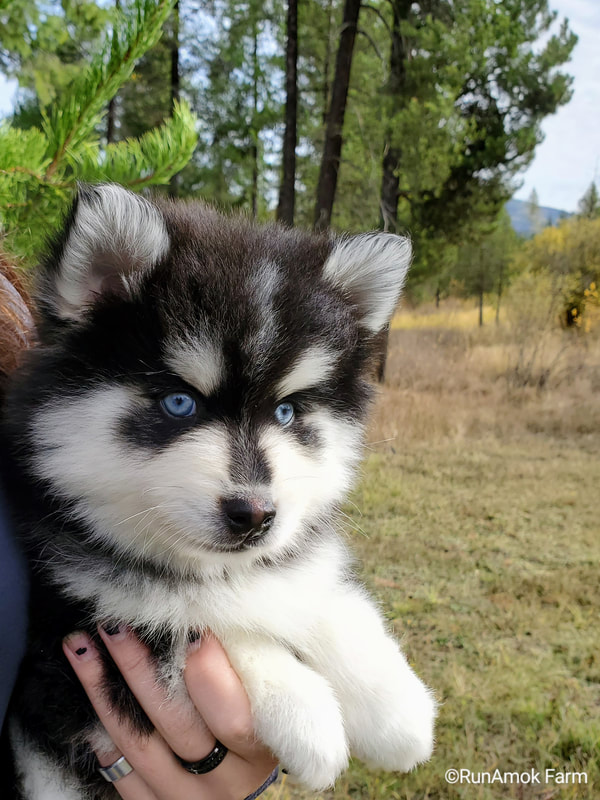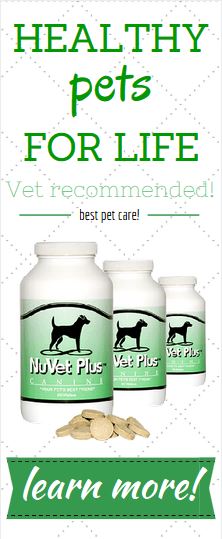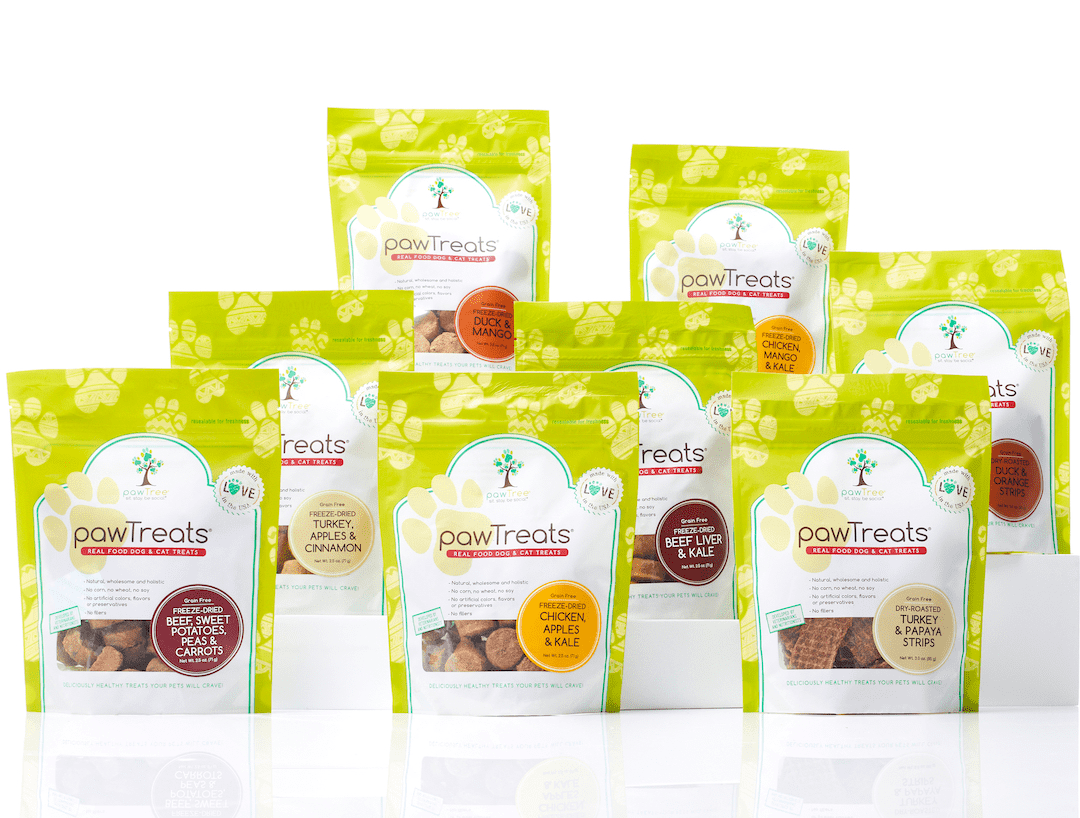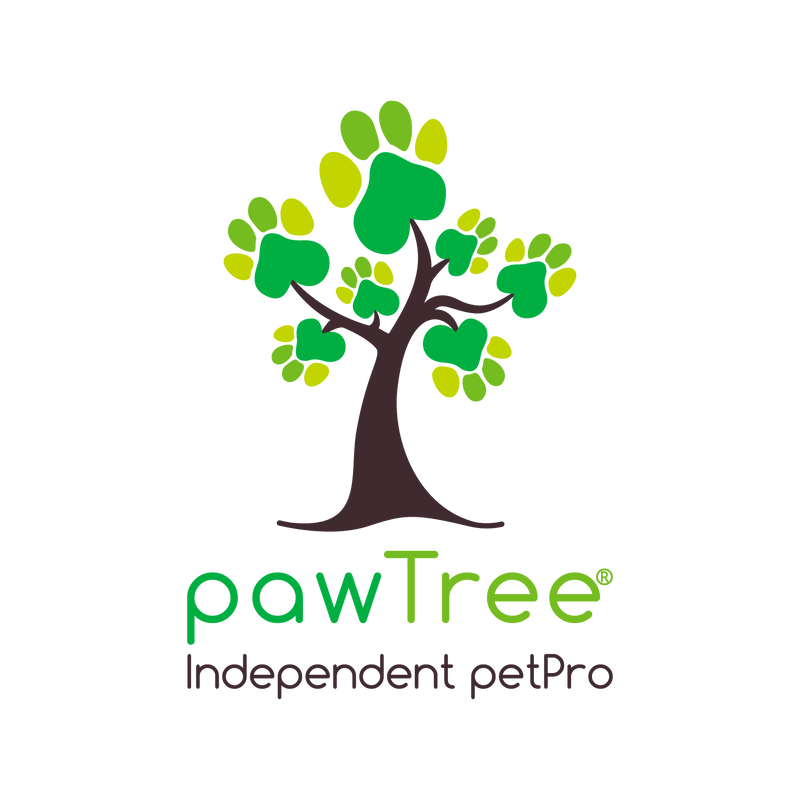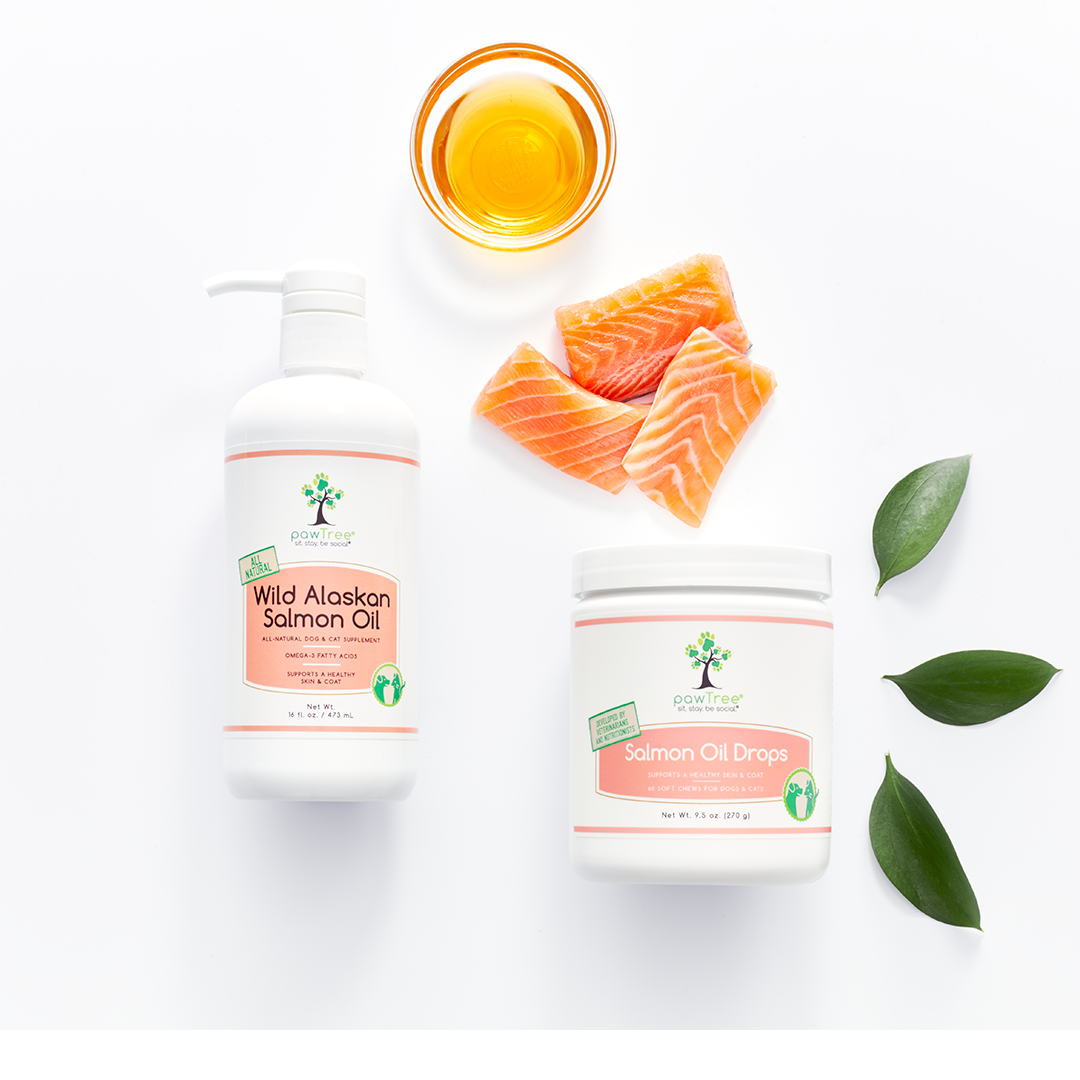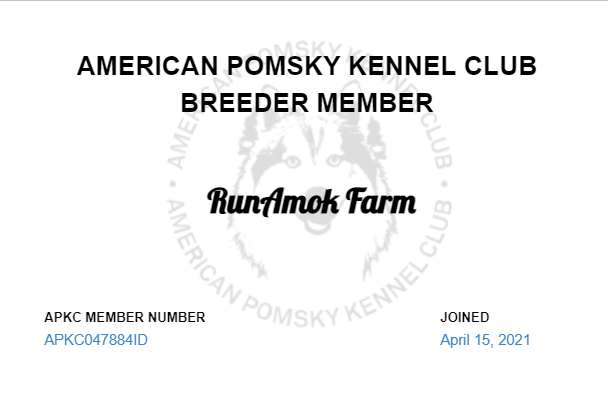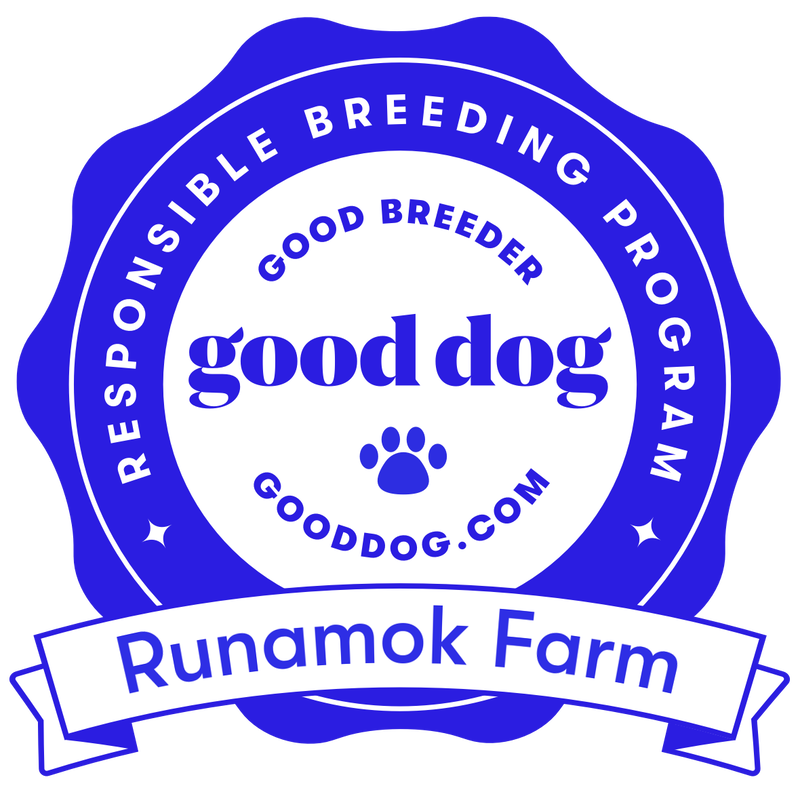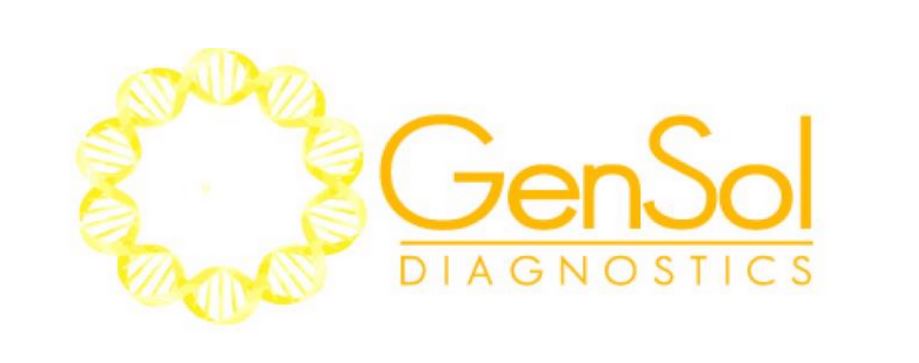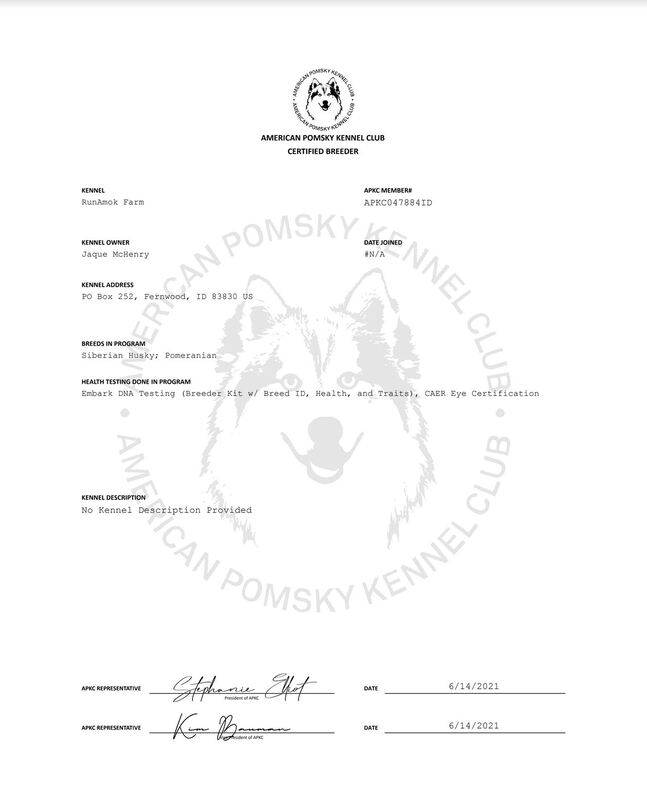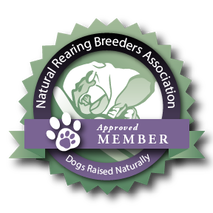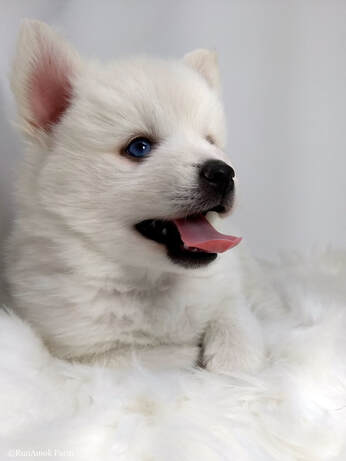 Do you know what the most common “disease” affecting dogs is? If you have a dog over the age of 2, you may have an idea... but there are so many common conditions it may seem like a bit of a toss-up! If your guess is "periodontal disease", you are correct. It is estimated the majority of dogs over 24 months are displaying mild signs of periodontal disease, but most owners do not recognize their dog is developing a serious condition. In the first stages, gingivitis affects the gums - causing swelling, mild bleeding, a build-up of bacteria and bad breath. The periodontal disease is not yet damaging the structure of the teeth and is still considered reversible. By age 36 months however, a staggering 2/3 of dogs are progressing into periodontitis, with many already in need of dental scrapings and even extractions. Some might prefer to shrug this off, believing their dogs are not at risk... but the statistics are a sad reality. I know of a 6 year old Jack Russel Terrier whose owner called me after his dental surgery had been completed. She was hoping for diet suggestions as the poor fellow could barely chew; they had just removed 18 teeth. In chatting with her, I was horrified to learn they had removed 6 other teeth just the year prior! Unfortunately, while a rather extreme example, veterinary dental extractions are commonplace in this modern world. Not only can periodontal disease cause painful swelling, abscesses, loose and rotting teeth... the bacteria ingested can create a whole slew of serious, chronic health conditions. Periodontal disease in dogs is linked to heart disease, liver disease and kidney issues, to name a few. Periodontal disease kills. As if the direct effects of this disease are not enough, there are serious risks with treatment as well. Dogs are frequently put under anesthesia to treat abscesses, scaling and extractions of loose or broken teeth. Bacteria can be introduced into tissues when gums are sliced or cut, or through the removal of teeth. It is fairly commonplace to prescribe a round of antibiotics after dental surgery, but this opens the animal to side effects ranging from digestive issues such as vomiting and diarrhea to secondary infections and allergic reactions. Anesthesia is also a concern... a very real one. My dad lost his beautiful 6 year old Yorkshire Terrier when she died during a “routine” dental cleaning. It nearly broke him. If you are a dedicated pet owner, you may be feeling some concern now – and also feeling a tad suspicious. What am I selling? I get it. It seems everyone has their hand out after dropping “scary” medical statistics, right? The good news is I am not selling the “next best thing in dental care!” I am going to share, just very briefly, how we avoid dental issues with our dogs and maybe this will inspire you to research for your own 4-legger. We have over 50 years, combined, experience raising dogs. What we've learned is simple. Modern care isn't necessarily what it is cracked up to be. Modern foods and treats, while convenient, do not necessarily promote good health. (We just need to sit in a veterinary clinic for a day, observing all the dogs and cats, suffering a myriad of health issues.) I could go on for hours regarding pet foods and damage done by less-than-suitable ingredients (hours and hours, true story), but it isn't just cheap foods... it is packaged, dry dog foods. They are not and can never be a natural food source. When we veer away from real foods in preference of unnatural products, we must face the consequences... and one of the most glaring consequences is periodontal disease in dogs. Check out our CANINE CANINES page for some pretty great dog dental photos! I think it will encourage research... and researching is always good! Wishing you all the very best! Jaque Comments are closed.
|
AuthorOver 70 years combined experience raising happy, healthy canines. Most would consider us to have reached "expert level" when it comes to everything canine, but the truth is, there will always be more to learn. Archives
March 2021
CategoriesAll natural, simple ingredient freeze-dried treats! How GOOD does that sound!?
Introducing pawTree’s nutrient-rich Wild Alaskan Salmon Oil. Not all salmon oil is the same.
|
 RSS Feed
RSS Feed
